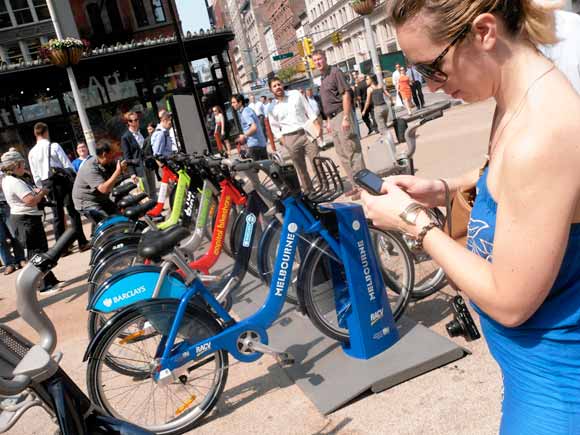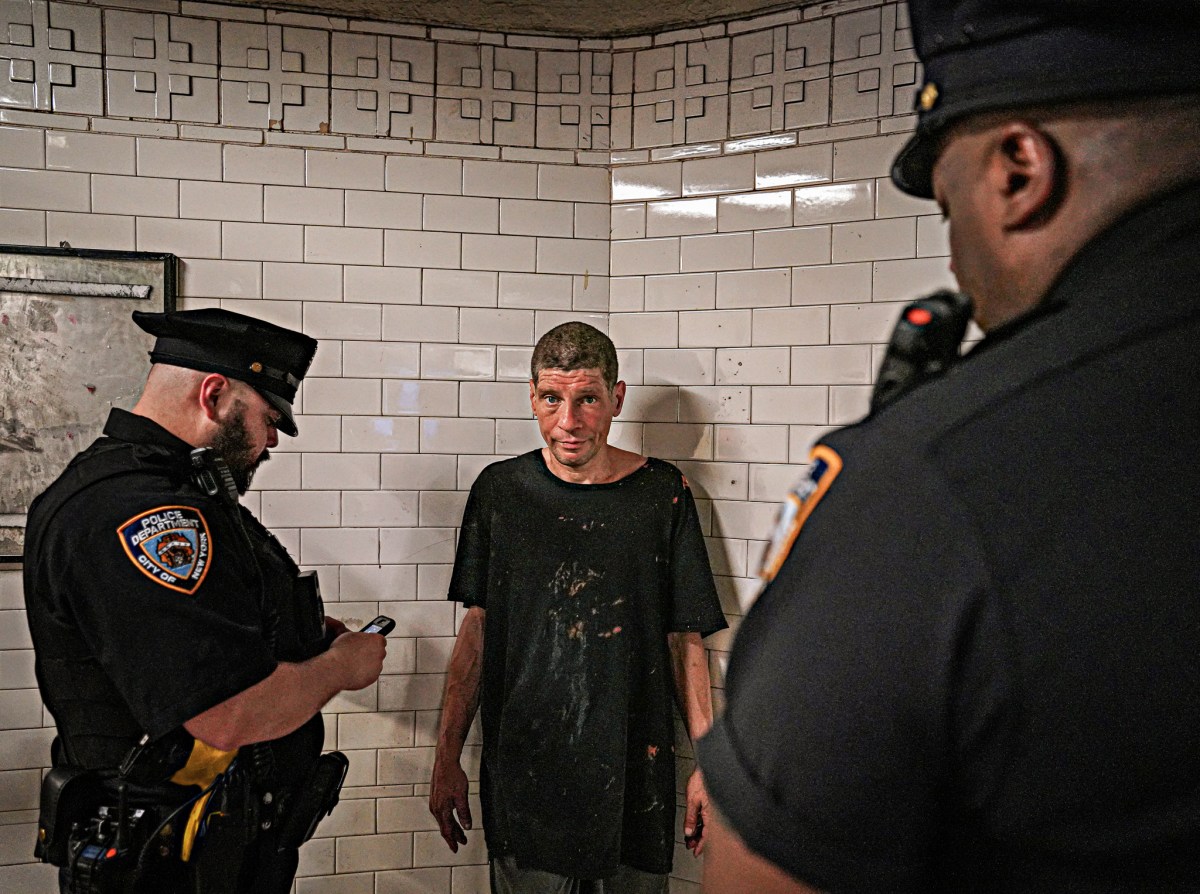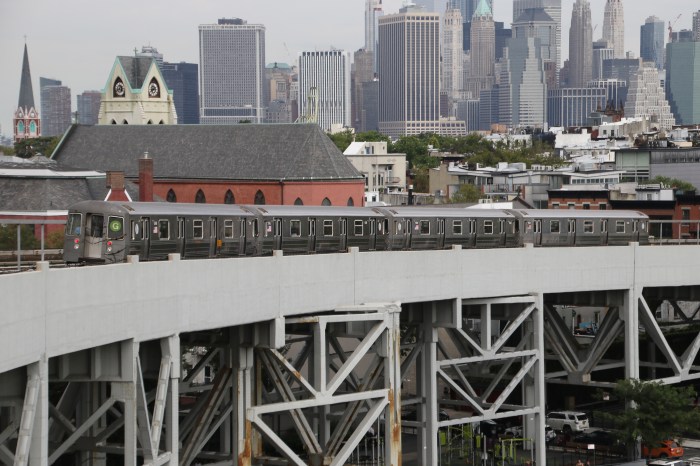Brooklyn Heights and Williamsburg motorists worry that the city’s new bike-share program will leave them without places to park.
Residents of the two neighborhoods pushed the city to reconsider the locations of 10 proposed bike rental docks that could replace about two dozen parking spaces in the Heights and Downtown and another dozen in North Brooklyn at two community board meetings last week.
Car owners argued the bike racks shouldn’t usurp parking spaces in residential areas — claiming the city should instead put the cycling hubs in parks, squares, or on sidewalks.
“Parking is so scarce in Brooklyn Heights, anytime parking has been taken away it causes big concerns,” said Brooklyn Heights Association director Judy Stanton.
Stanton urged the city to relocate proposed docks on Henry Street at Joralemon and Middagh streets and put them on the wide sidewalk on the south side of Tillary Street at Cadman Plaza.
Other Brooklyn Heights residents protested locations on Clinton Street between Atlantic Avenue and State Street, on Johnson Street between Flatbush Extension and Gold Street, and on Montague Street between Clinton and Court streets.
“We’ve always been pro-bike, but this is not the same thing as being pro-bike,” Stanton said. “Hopefully they consider alternatives to some of these locations.”
North Brooklyn civic leader Wilfredo Florentino pushed transit planners to move bike-share pickups between Meeker Avenue and Broadway that could replace parking, including one near a senior housing development on Bushwick Avenue and another in front of the Swinging Sixties Senior Center on Manhattan Avenue, where Community Board 1 meets.
“We are concerned with the potential elimination of parking spaces in areas of the district where parking is limited,” said Florentino. “We expect the map they present at the full board reflects those suggestions, and if not, we will be prepared to voice our objection in writing.”
But cycling advocates say the bike docks are merely prioritizing a different type of vehicle — one with only two wheels.
“You’re gaining parking in this way,” said Transportation Alternatives director of bicycle advocacy Caroline Samponaro. “Where you once had one person’s car stored, you’re providing space for 12 people to come and go.”
The city plans to roll out its extensive bike transit system in July, blanketing Greenpoint, Williamsburg, DUMBO, Brooklyn Heights, Fort Greene, and Downtown with 148 bike share stations. Transportation planners will install another fleet of bike docks in neighborhoods south of Atlantic Avenue in 2013.
The New York Mets-blue bikes weigh about 40 pounds and are designed for commuting and short rides under 45 minutes.
Department of Transportation officials presented a new draft of bike-share locations to community boards last week for feedback. Each dock takes up just over two feet per bicycle and can hold between 19 and 47 two-wheelers — approximately the length of two to five parking spaces.
Cyclists say the increase in bike accessibility is worth the loss of some parking spaces.
“We have to give some of the spaces to bikers because bikers are people, too,” said Community Board 1 member and cyclist Ryan Kuonen. “They take up less space than cars. C’mon, man!”
A city spokesman said transportation officials are continuing to review comments from community boards and will release the final map of bike-share locations across the borough in the coming weeks.
Reach reporter Aaron Short at ashort@cnglocal.com or by calling (718) 260-2547.






















